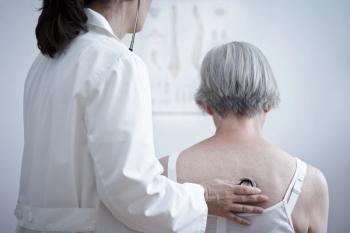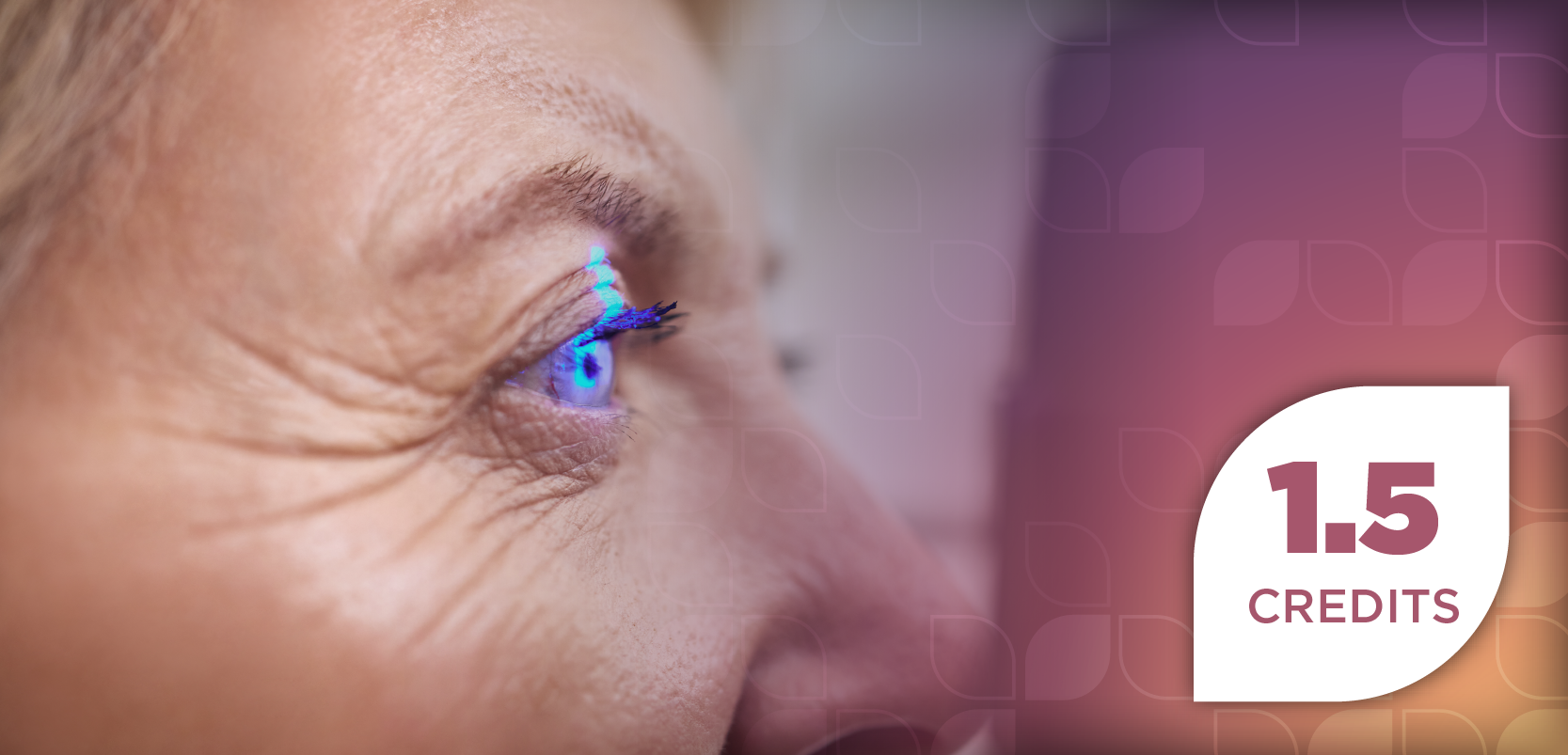
How Can Employers Address Social Determinants of Health Exacerbated by COVID-19?
As the coronavirus disease 2019 (COVID-19) pandemic exposes and exacerbates social determinants of health (SDOH) in at-risk communities, services such as clinical trials and personalized care can prove effective interventions for employers in providing access to vital health services.
As the coronavirus disease 2019 (COVID-19) pandemic exposes and exacerbates social determinants of health (SDOH) in at-risk communities, services such as clinical trials and personalized care can prove effective interventions for
As explained by the
Although the CDC has yet to provide data on the association of
So what can employers do to assist employees affected by SDOH during the pandemic?
In the National Alliance of Healthcare Purchaser Coalitions’ webinar “
“What we’ve done at ShareCare to ensure that we can address mental well-being, social isolation, and all of the social determinants spawned from that is set up a net new anxiety offering to ensure that people can engage with providers—to ensure that people can engage with a program that is going to support reducing that anxiety at its core,” said Colyer.
As telehealth services grow in use to address
AJMC®: Patient participation in clinical trials has been noted as an issue, especially among minority populations. Can you discuss the initial challenges of transitioning clinical trials to a virtual format?
Messerschmidt: The COVID-19 pandemic has certainly made patient enrollment more challenging. As we deploy methods that allow for remote access to patients, it’s important to ensure that this is not a barrier to trial participation. This means collecting patient information that we don’t typically collect. For example, it’s important to discuss each patient’s access to tools such as internet access, video conferencing capability, and their ability to find a location to engage in private interactions with medical staff. It may also be relevant to inquire about the option of visits to their home to perform tests when appropriate.
AJMC®: Can you explain how strategies such as telehealth and remote monitoring have assisted researchers in providing access to these potentially life-saving therapies during the COVID-19 pandemic?
Liles: We have to allow patient access to treatment and collect enough data, because patient safety remains of utmost importance. We’re using remote tools for interaction between patients and study sites, including telephone calls, video teleconferences, patient diaries, and home nursing visits. In the setting of oncology trials, some drugs have to be administered intravenously, in which case patient visits can be limited to drug administration days. Access to patient data is critical, but limited across countries and even sites. With this in mind, we have developed remote monitoring plans focusing on review of [electronic data capure], trend analysis, and protocol deviations.
AJMC®: As patients with debilitating diseases such as cancer continue to have surgeries or therapies postponed due to the pandemic, how can clinical trials help bridge this gap of unmet patient needs?
Blunt: We must balance the need to deliver treatment and collect data with the need to reduce infection exposure in a hospital or clinic. We achieve this goal by identifying priorities around visits and data collection. Patients can take advantage of the fact that many clinical trial assessments can be performed remotely. Only critical site visits will be maintained. When face-to-face interaction is required, each study site has to create an environment that is safe for cancer patients. The FDA has provided guidance that allows study sponsors to make these adaptations as long as they’re well documented.
Newsletter
Stay ahead of policy, cost, and value—subscribe to AJMC for expert insights at the intersection of clinical care and health economics.

















































